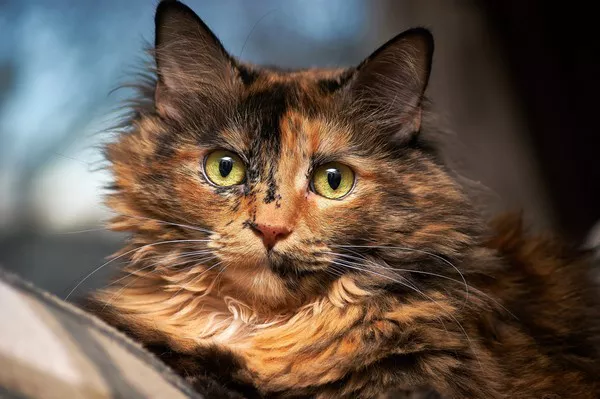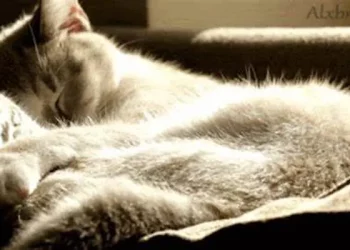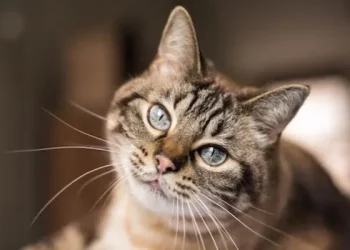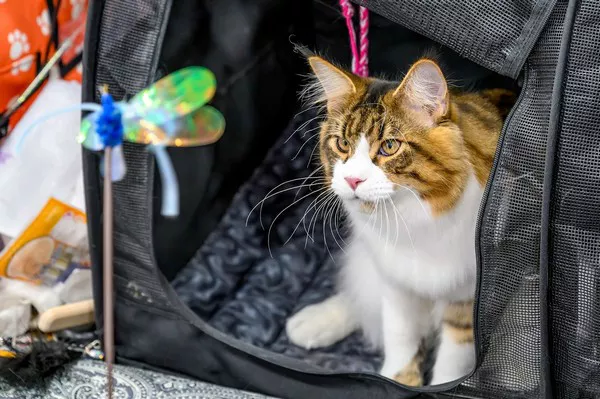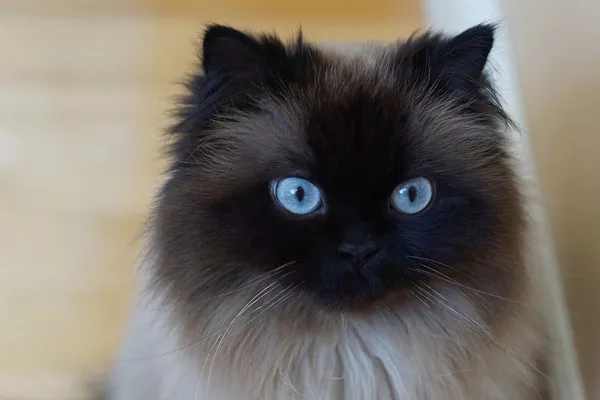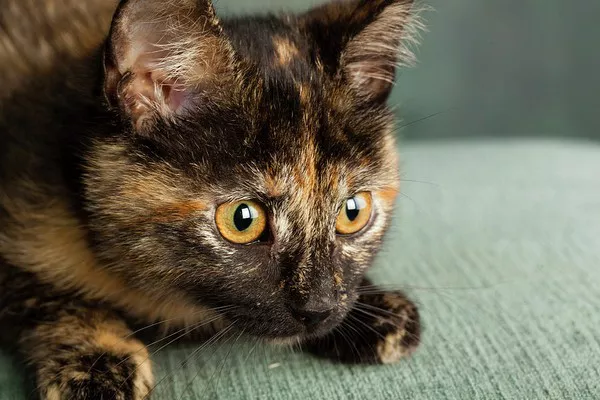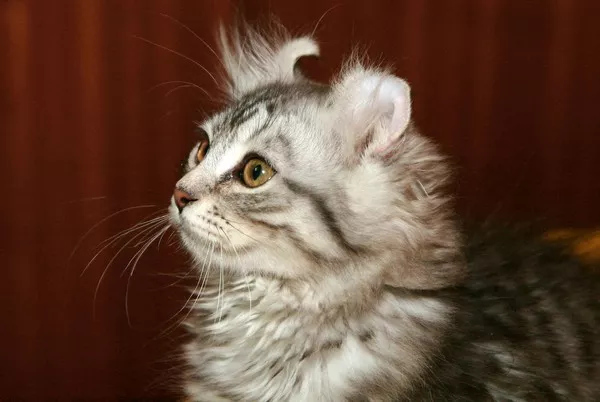Tortoiseshell cats, with their unique and striking coat patterns, require special attention when it comes to grooming. While these feline companions are known for their independent nature, a regular grooming routine is essential to maintain their coat health and overall well-being. This article aims to provide a comprehensive guide on how to groom a tortoiseshell cat, offering insights into techniques, tools, and best practices to keep your feline friend looking and feeling her best.
Tortoiseshell Cats
Tortoiseshell cats, often affectionately referred to as “torties,” boast a unique coat pattern characterized by a blend of two distinct colors – typically a mix of black, orange, and sometimes cream. This intricate coat requires regular grooming to prevent matting, reduce shedding, and ensure the cat‘s skin and coat remain healthy.
Grooming for Your Tortoiseshell Cat
Choosing the Right Tools:
Before diving into the grooming process, gather the necessary tools. A slicker brush is ideal for removing loose fur and preventing matting in the dense coat of a tortoiseshell cat. Additionally, a comb with both wide and narrow teeth helps address tangles and mats in different areas of the coat. Nail clippers, cat-friendly shampoo, and ear-cleaning solution should also be on hand.
Establishing a Routine:
Consistency is key when it comes to grooming a tortoiseshell cat. Begin the grooming routine early in their life to acclimate them to the process. Short, positive sessions are more effective than lengthy ones, ensuring the cat remains comfortable and cooperative.
Brushing Techniques:
Start by gently brushing the cat’s coat with a slicker brush, working in the direction of hair growth. Pay close attention to areas prone to matting, such as behind the ears, the neck, and the base of the tail. Use a comb to address any tangles or mats, starting with the wider teeth and progressing to the narrower ones for a thorough grooming session.
Managing Shedding:
Tortoiseshell cats, like many other breeds, shed fur regularly. To manage shedding, increase the frequency of grooming sessions during seasonal changes. Regular brushing helps remove loose hair, reducing the likelihood of hairballs and keeping your cat’s coat shiny and healthy.
Nail Care:
Trimming your cat’s nails is an integral part of grooming. Use cat-specific nail clippers and be cautious not to cut into the quick, which could cause bleeding and discomfort. If you’re unsure, consult your veterinarian or a professional groomer for guidance on proper nail trimming techniques.
Bathing:
While cats are known for their self-grooming habits, occasional baths may be necessary, especially for outdoor cats or those with longer fur. Use a cat-friendly shampoo, and make sure to rinse thoroughly. Pat the cat dry with a towel and offer treats or affection to reinforce positive associations with the bathing experience.
Ear Cleaning:
Check your cat’s ears regularly for dirt, wax, or signs of infection. Use a cat-friendly ear-cleaning solution and a cotton ball or pad to gently clean the ears. Avoid using cotton swabs, as they can push debris further into the ear canal.
Eye Care:
Tortoiseshell cats, like many breeds, may develop tear stains. Wipe away any discharge with a damp cotton ball or pad. If tear staining persists, consult your veterinarian for guidance on managing this common issue.
Addressing Special Considerations
Long-Haired Tortoiseshell Cats:
If you have a long-haired tortoiseshell cat, grooming needs are more intensive. Long-haired cats are more prone to matting, and daily brushing is recommended to prevent tangles and keep the coat in optimal condition.
Senior Tortoiseshell Cats:
As cats age, they may become less flexible or may develop arthritis, making grooming a bit challenging. Be gentle and patient with senior tortoiseshell cats, and consider consulting your veterinarian for advice on addressing the unique grooming needs of older cats.
Professional Grooming Services:
If grooming at home proves challenging or if your cat becomes particularly anxious during the process, consider seeking the assistance of a professional groomer. Professional groomers have the experience and tools to handle various grooming needs, ensuring your tortoiseshell cat receives the care she deserves.
Conclusion
Grooming a tortoiseshell cat is not just about maintaining a beautiful coat; it’s a vital aspect of caring for their overall health and well-being. By understanding their unique coat patterns, choosing the right tools, and establishing a consistent grooming routine, you can create a positive and enjoyable experience for both you and your feline companion. Remember to address special considerations based on your cat’s age, hair length, and individual needs. With patience, love, and proper care, your tortoiseshell cat can thrive with a radiant coat and a contented disposition.

